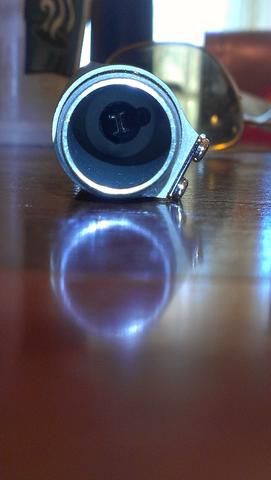Random Dan
Flashlight Enthusiast
- Joined
- Jun 30, 2012
- Messages
- 1,371
I was just looking at the SC52 on ZL's website and I noticed that under the changes it said "LED driver circuits sealed completely from the battery chamber" Does this mean that you could get water in the battery compartment without affecting the flashlight? [FONT=Arial, Helvetica, sans-serif]
[/FONT]
[/FONT]


